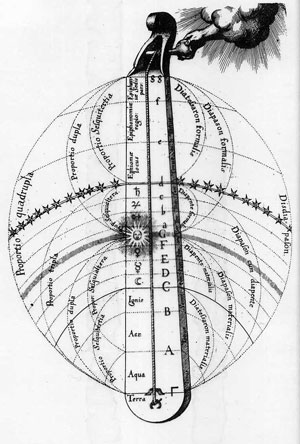
musings
 |
emmettchapman.net musings |
biography | music | innovation | astrology | fun/games |
 |
"On the Other Hand" Emmett's Blog and Essays |
| May 31, 2007 Shakespeare and Music Connecting the Bard to the Board  Shakespeare, what a great name, had to be a stage name. He proved,
"The pen is mightier than the sword".
Shakespeare, what a great name, had to be a stage name. He proved,
"The pen is mightier than the sword".The pen is more of a spear than a sword, even mightier than a spear, and can shake the sphere. Powered by the dynamic English language of the time, he shook his spear on paper, which shook London's Globe Theatre mightily. All sub-spheres nodded in accord. Spheres move in cycles. Cycles make the world go around, and the universe. Music lets you hear how cycles work as in "music of the spheres". Reciprocally, the theory of cycles opens new musical knowledge and intuition. Twelve is a great number. It has 4x3s, 3x4s and 2x6s - great for Brazilian polyrhythms. Twelve is loaded with geometry, squares, triangles and Stars of David. Divide a circular cycle into twelve equal parts and you have the "wheel" of a horoscope, also the twelve equal tempered tones that divide an octave. The twelfth and last tone before the next higher octave is also known as the "major 7th", as per the familiar seven diatonic tones unevenly spaced inside a matrix of twelve chromatic tones. The next to last tone is named after Tony Levin of course, a well known practitioner of the flatted 7th and other funky blue notes. (Thanks to Steve Adelson for this pun from the song title "Tone Eleven" on his CD, The Answer's Inside). | |
| Robert Fludd's Divine Monochord linking the Ptolemaic Universe to musical intervals. Fludd was a contemporary of Shakespeare. |
If you'd like to contribute something, please send an email to [email protected]